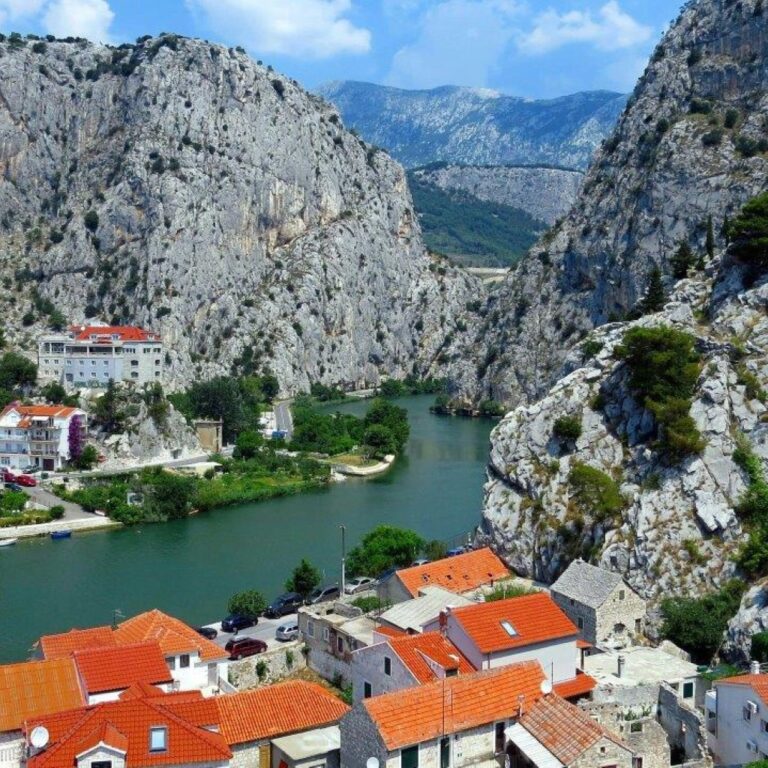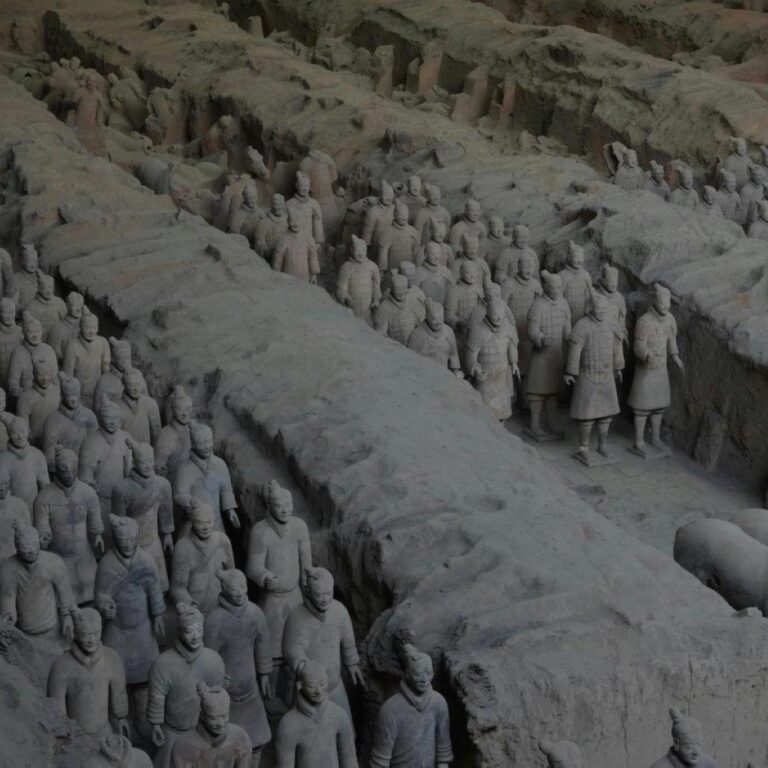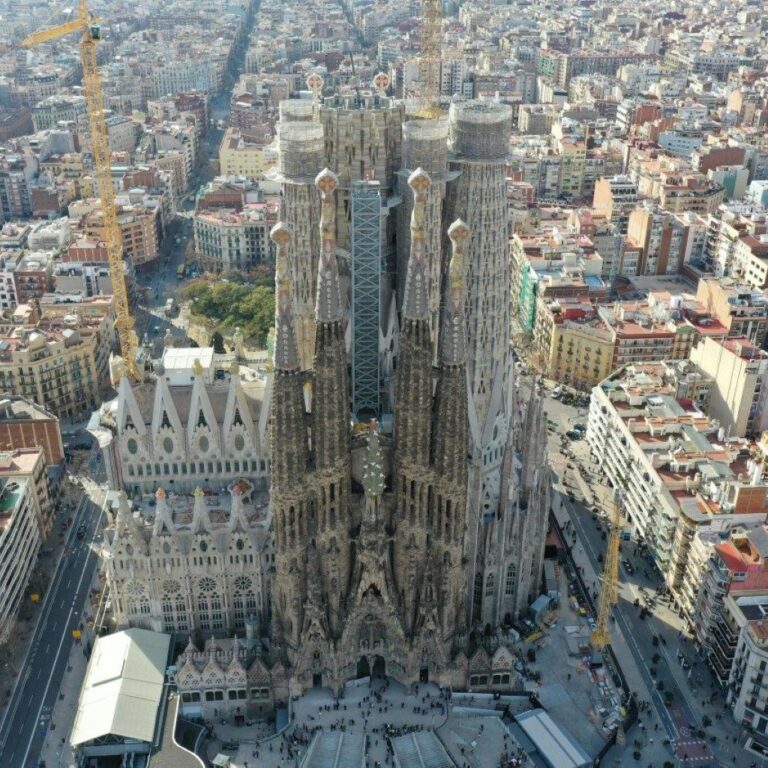1. Croatia is home to over 1,000 islands, with only about 50 of them being inhabited, making it a paradise for island-hopping enthusiasts.
2. The city of Dubrovnik, known as the 'Pearl of the Adriatic,' is a UNESCO World Heritage Site and served as a filming location for the TV series Game of Thrones.
3. Croatia is one of the few countries in the world where neckties (cravats) originated, dating back to the 17th century.
4. The country has eight national parks, including Plitvice Lakes National Park, famous for its cascading waterfalls and clear lakes.
5. The Croatian language has a unique alphabet with 30 letters, including special characters like č, ć, đ, š, and ž.
6. Croatia is known for its stunning beaches, many of which have received the Blue Flag designation for their cleanliness and environmental standards.
7. The city of Split is home to Diocletian's Palace, one of the best-preserved Roman palaces in the world, built by the Roman emperor Diocletian in the 4th century.
8. Croatia is a major producer of lavender, especially on the island of Hvar, which is often referred to as the 'Lavender Island.'
9. The country is famous for its truffles, particularly in the Istria region, where some of the largest white truffles in the world have been found.
10. The Croatian region of Dalmatia is where the Dalmatian dog breed originated, and the breed is named after the region.
11. The traditional Croatian dance, the 'kolo,' is performed in a circle and is a UNESCO-recognized cultural heritage.
12. Croatia has a rich winemaking tradition, with over 130 indigenous grape varieties and numerous award-winning wines.
13. The city of Zadar is home to the Sea Organ, an architectural sound art object that plays music by way of sea waves and tubes located underneath a set of large marble steps.
14. Croatia's national parks and nature reserves are home to diverse wildlife, including brown bears, wolves, and lynxes.
15. The country celebrates its Independence Day on October 8th, marking its declaration of independence from Yugoslavia in 1991.


